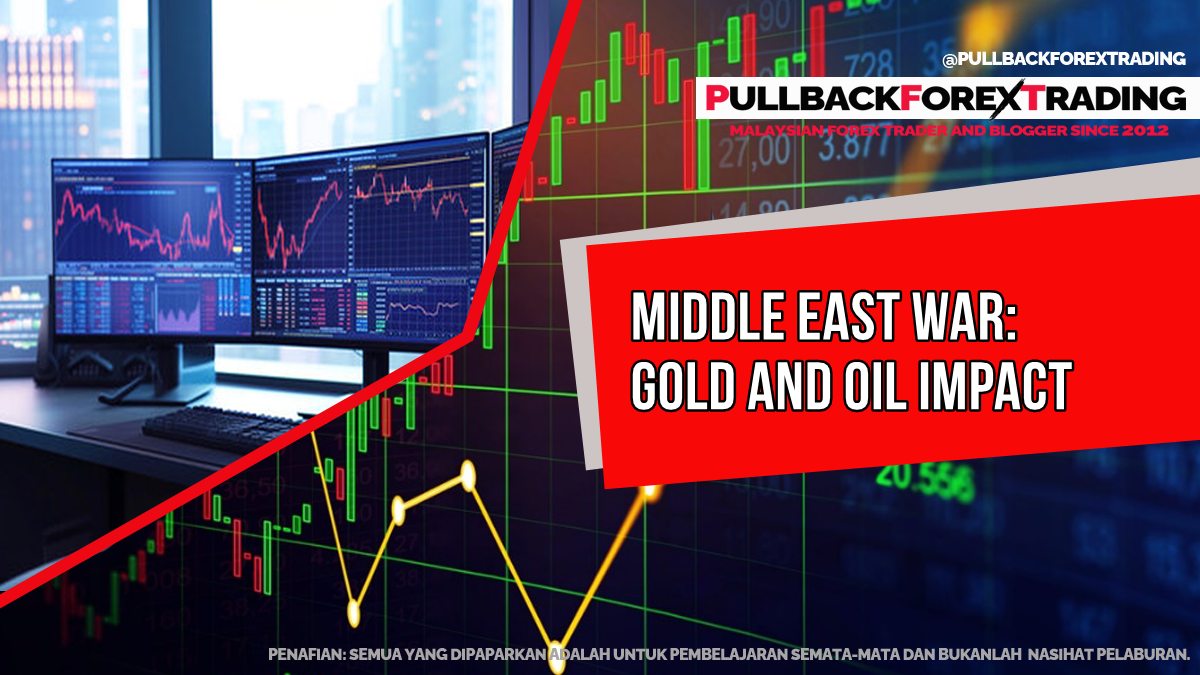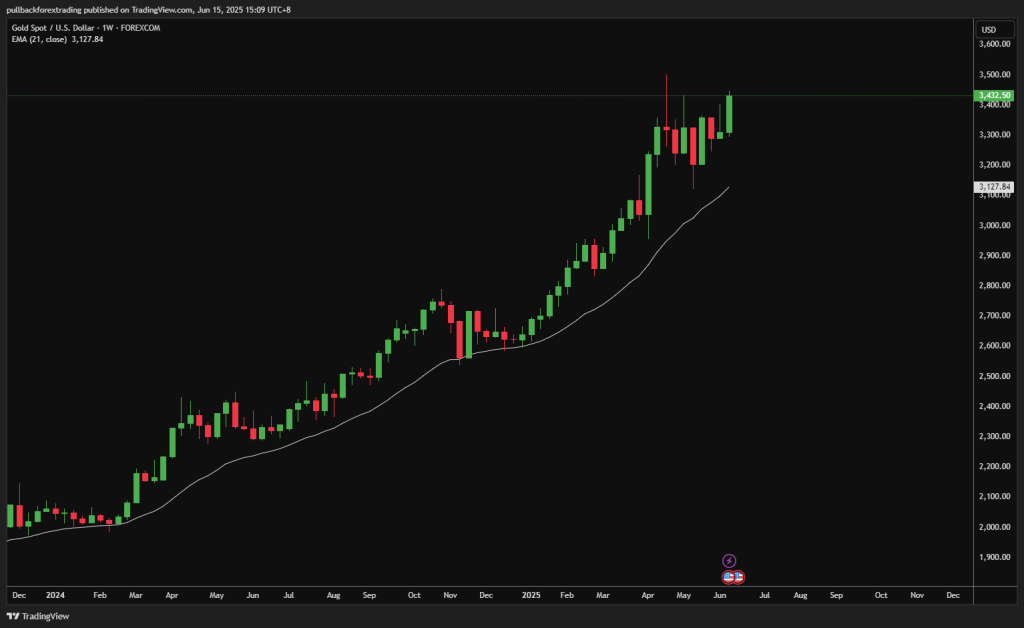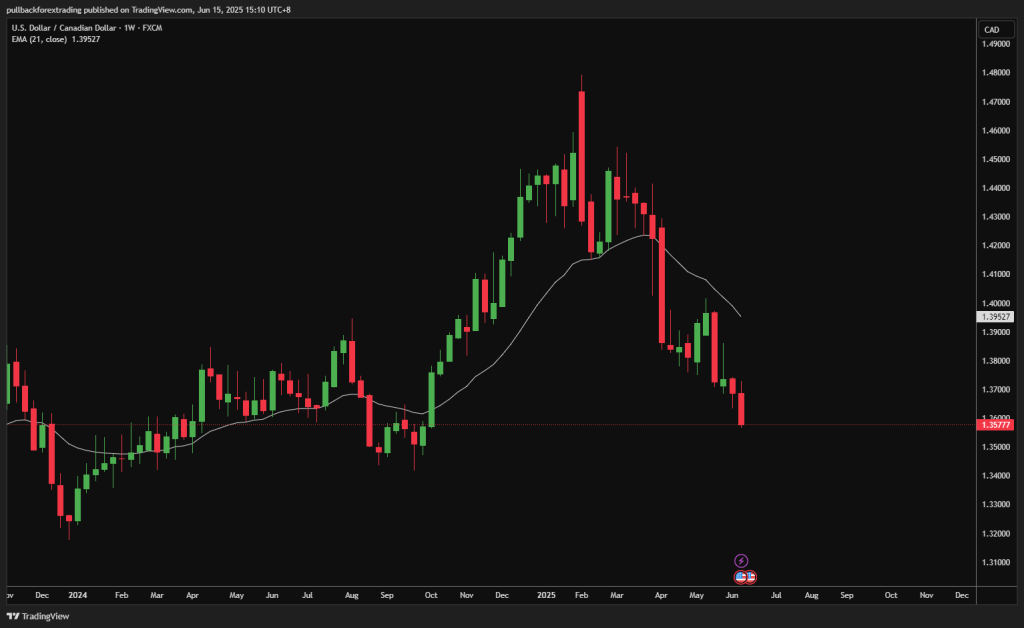
War in the Middle East: How It’s Moving Gold and Oil – What Traders Must Know
The ongoing tensions in the Middle East—particularly the Israel-Iran conflict and broader regional instability—are once again shaking global markets. For traders, this means one thing: increased volatility in commodities, especially gold and oil-related currencies like USD/CAD.
Gold Surges as Safe Haven
Whenever missiles fly or geopolitical uncertainty rises, gold (XAU/USD) typically rallies. In recent weeks, gold has tested new highs, driven by fear, inflation worries, and global uncertainty. It’s a classic flight to safety—investors seek gold when the world feels risky.

When investors fear inflation, financial collapse, or war, they often move their money into gold. Why?
- Gold is real and tangible. It’s not tied to any one country or central bank.
- It retains value during uncertainty. Unlike stocks or currencies, gold doesn’t rely on company earnings or political stability.
- It’s a hedge against inflation and devaluation.
During Global Conflict:
War, especially in sensitive regions like the Middle East, often leads to:
- Market panic (stocks drop)
- Currency instability
- Central banks buying more gold as reserves
- Investors fleeing to assets that “hold value”
This causes surges in gold prices. For example:
“In April 2024, gold surged above $2,400 per ounce after reports of missile strikes between Iran and Israel – not a coincidence, but a direct reaction to fear.”
The more intense the war headlines, the stronger the gold rally tends to be.
Oil Prices Rise, USD/CAD Reacts
Middle East tensions often threaten global oil supply, especially through the Strait of Hormuz. As oil prices rise, Canada’s oil-export-heavy currency (CAD) tends to strengthen—making USD/CAD drop. However, risk-off sentiment can boost the USD too, creating complex moves for traders to watch closely.

The Middle East plays a critical role in global oil supply, especially through the Strait of Hormuz, where about 20% of the world’s oil flows daily. Any military tension, threat of blockade, or attack on oil infrastructure (like refineries or tankers) immediately sparks fears of supply disruption—and this drives oil prices up.
Why This Matters for USD/CAD:
Canada is a major oil exporter, especially to the United States. Because of this:
- When oil prices rise, Canada’s economy benefits.
- A stronger oil market typically means a stronger Canadian dollar (CAD).
- Thus, USD/CAD tends to fall when oil rises.
But it’s not always simple. In wartime:
- The USD can also strengthen due to global “risk-off” sentiment.
- So USD/CAD might range or whipsaw as both currencies battle for strength.
Example Scenario:
If oil jumps from $75 to $90 per barrel due to war fears:
- CAD strengthens ? USD/CAD drops.
But if global panic boosts USD more: - USD/CAD might stay flat or even rise.
So, traders must monitor both oil prices and broader risk sentiment when analyzing USD/CAD.
What Traders Should Do NEXT?
- Watch headlines – geopolitical news is the key catalyst now.
- Trade with confluence – pair technical levels with fundamental triggers.
- Manage risk – volatile markets can bring fast profits or fast losses.
- Follow our telegram for technical analysis and trading opportunity!
Final Thought
Conflict drives emotion—but traders must remain disciplined and strategic. Use the volatility to your advantage, not your downfall.
ADMIN
15/06/25
Credit: tradingview.com



